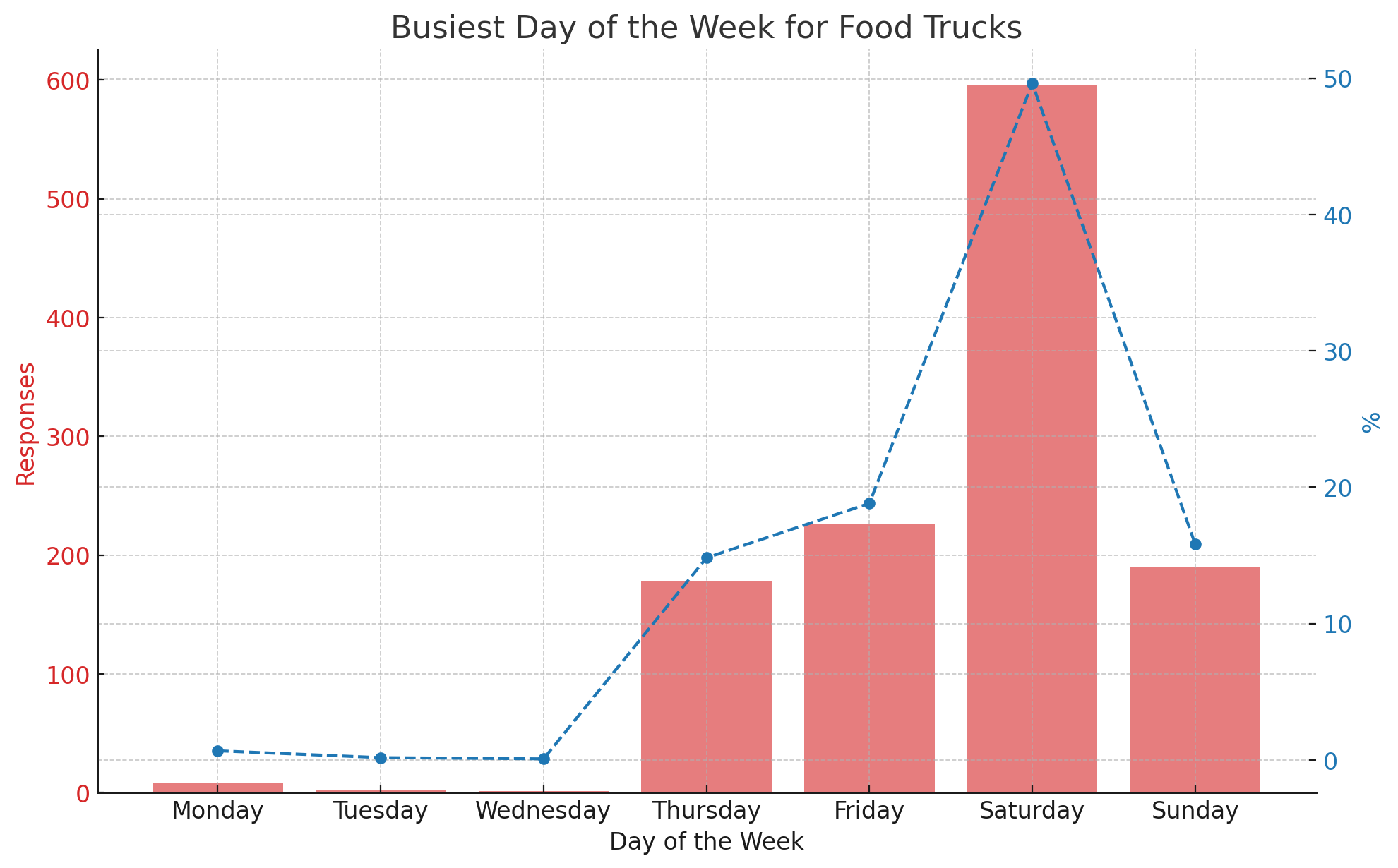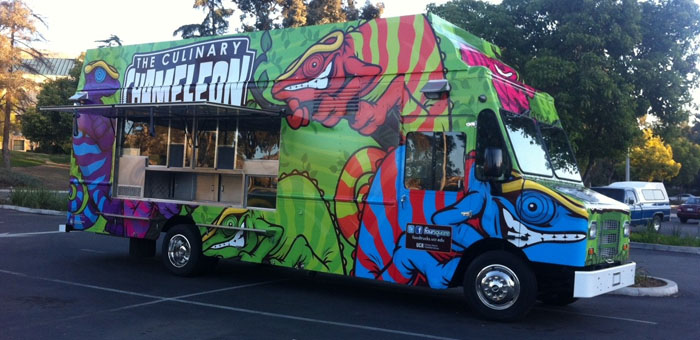The food truck industry has shown that social media has changed customer service from being a support function to being an extension of marketing. In today’s fast moving world, customers want to know that you’re listening and responding. Customer service is where your food truck becomes real to prospective customers by engaging with the public and showing that you care. As one of your food truck’s primary points of customer interaction, vendors need to integrate customer service into your social media marketing efforts.
There’s really no reason you shouldn’t be addressing food truck’s customer service concerns on social. Food truck customers have always headed to social media with their customer service concerns. It attracts them to your service window. And it helps increase customer loyalty. Use these tips for a successful customer service integration to your food truck’s social media strategy.
How To Integrate Customer Service Into Your Social Media Efforts
Respond quickly
One reason why people use social media to contact businesses about their complaints is that it’s fast and convenient. Set up strategies so you (or your social media team) can directly answer common complaints quickly and effectively.
Keep customers updated
It’s not enough that you just reply to customer complaints quickly. If solutions take a little more time, you need to give them updates to show that you’re actually working on solving their problems.
Redirect some complaints
While social media is great for replying quickly to common customer service issues, it’s not always the best place to address every concern. In some cases you should tell them that you will be addressing their problems through email, phone or even face to face.
Don’t remove complaints
If your food truck’s Facebook page ever gets littered with complaints, fight the urge to delete these negative comments. You run the risk of permanently losing these customers. You can also feed into their frustration which can lead to customers spreading their bad experiences to other social platforms or offline.
Vendors need to take on the problems head on by asking for clarification and then providing solutions. Don’t worry about bad press. Look at the situation as an opportunity to transform upset customers into loyal brand advocates. Keeping the complaints shows credibility. Just make sure you provide solutions.
Stay professional
Complaints can be upsetting, especially if they reach a high levels of hostility. You need to remember that what you say and do will reflect upon your food truck’s reputation. Lashing out at customers will only make matters worse. Keep your cool, and engage any complaints with a professional attitude.
RELATED: Social Media Engagement Ideas For Food Truck Vendors
The Bottom Line
Food truck owners need to make customer service an important part of your social media strategy to take control of your food truck’s reputation online. As we have shown it will also help to build strong relationships with consumers. Integrating customer service and social media is no longer an option. If done well, you can harness the power of social media to delight your food truck customers.
Do you have any additional tips to integrate customer service and social media for food truck owners? We’d love to hear your thoughts. You can share them below or on social media. Facebook | Twitter




